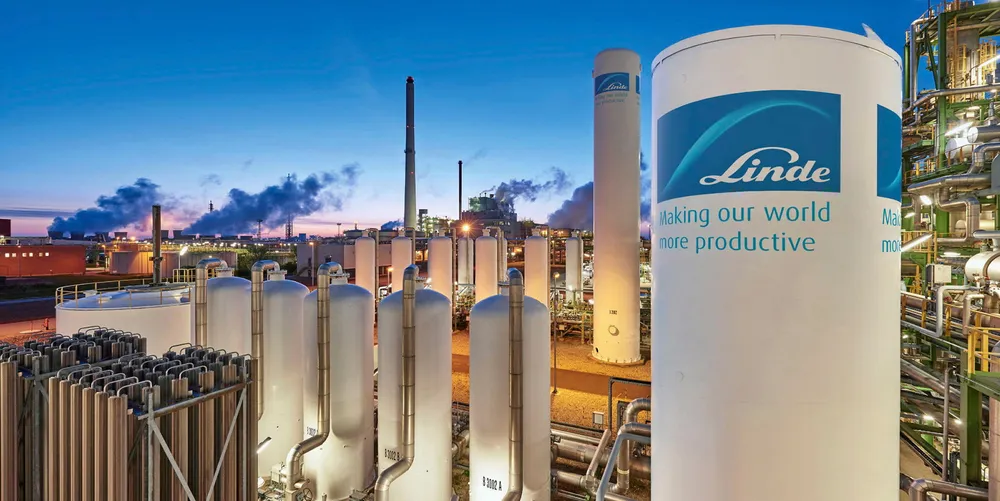Linde to build ‘world’s largest electrolyser’ to produce green hydrogen
Industrial gases giant to build 24MW PEM electrolyser at Leuna in Germany by the second half of 2022

Industrial gases giant to build 24MW PEM electrolyser at Leuna in Germany by the second half of 2022
